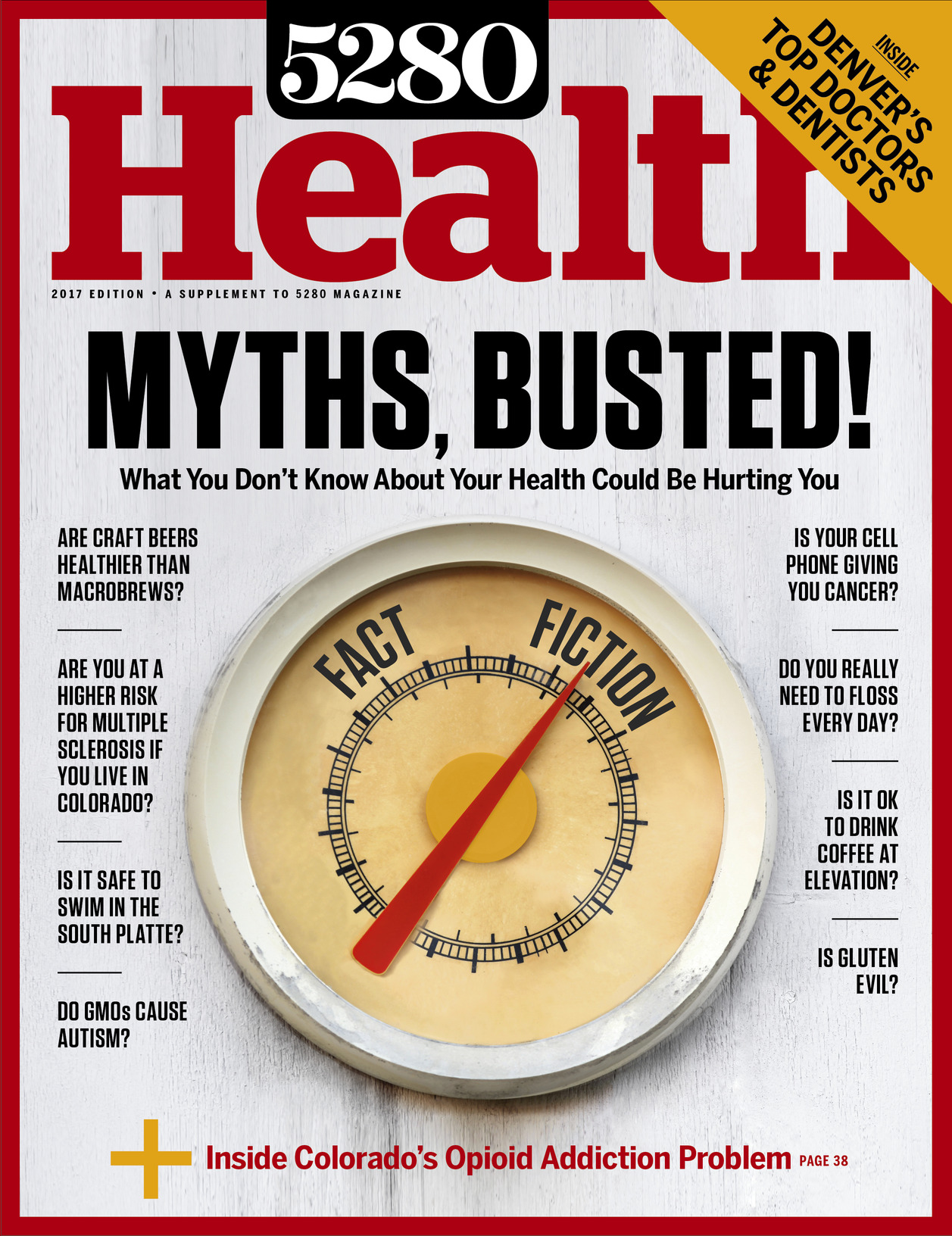The Local newsletter is your free, daily guide to life in Colorado. For locals, by locals.
The Claim
A high-fat, low-to-no-carb approach enhances stamina, boosts performance, lowers body fat, and aids post-workout recovery.
The Science
It’s a process called fat adaptation, championed by fitness experts such as Denver-based family physician Dr. Cate Shanahan, who helped transform the Los Angeles Lakers’ team diet to a menu of whole foods (including fats) in 2012. We’re all born fat-adapted, which means we can burn our body fat for energy, Shanahan says, but we’ve compromised this natural process by overdoing the carbs. The science works like this: When you eat carbs, your body breaks them down into glucose (blood sugar). In response, your pancreas releases insulin to shuttle the sugar to your needy cells. However, excessive carb intake creates a surplus of sugar, which is then stored in your body as fat. In theory, those fat stores can be used later for fuel, but if your everyday meals are loaded with carbs (more than about 65 percent of your total daily calories), your body will use that readily available stream of sugar as its energy source, leaving your fat stores untapped.
For elite athletes who burn enough calories to deplete those stores and avoid packing on pounds, other effects, like systemic inflammation and slower recovery times caused by carb-induced chemical reactions within cells, can eventually hinder performance. Cutting back on carbs tells your body to use fat for energy—which, says Shanahan, “gives you a vastly longer-lasting supply for mental concentration and endurance exercise.”
The Flip Side
Iñigo San Millán, director of the University of Colorado Boulder’s Exercise Physiology Lab, finds high-fat diets troubling. “The problem with fat as fuel is that at high intensity, it’s slow at generating ATP [energy],” San Millán says. “We see athletes all the time who try this and crash, big time.” Nutritionists also have concerns that cognitive abilities such as memory and attention may suffer if the brain doesn’t have a steady stream of glucose.
Success Story
Boulder-based professional ultrarunner Tim Olson, record holder of the Western States 100-miler, goes high on fat and eats veggies over pasta. “Since training my body to use fat as fuel, I have better mental clarity, focus, strength, and recovery—but that doesn’t mean I don’t use carbs,” says Olson, who saves the extra servings of potatoes for meals before especially long runs.
Try It At Home
Dr. Cate Shanahan’s top four tips for healthy-fat feasting.

1) Use whole foods. You get a nearly perfect balance of macro-nutrients (protein, carbs, and fat) from nuts, seeds, and full-fat ground beef instead of lean and by keeping the skin on chicken.

2) Use homemade natural-oil dressings. Make your own olive-, peanut-, avocado-, or sesame-oil-based dressings to spruce up veggies. Plus, cooking with olive or coconut oil instead of vegetable oils (whose omega-6 fatty acids become inflammatory when processed for bottling) will help minimize inflammation and speed post-workout recovery.

3) Buy grass-fed animal products. Meat and dairy from pasture-fed animals are more expensive, but they have all the omega-3 fat most people need, so you don’t need fish oils (which go bad after 30 days). Grass-fed animal fats also contain CLA, an essential fatty acid with anti-inflammatory and anti-cancer properties.

4) Add fats to the a.m. Swap early-morning carbs for natural-fat-filled foods, such as eggs, dairy, and fat-rich fruits and nuts like avocados, coconuts, and macadamias.
—iStock Photos (4)









